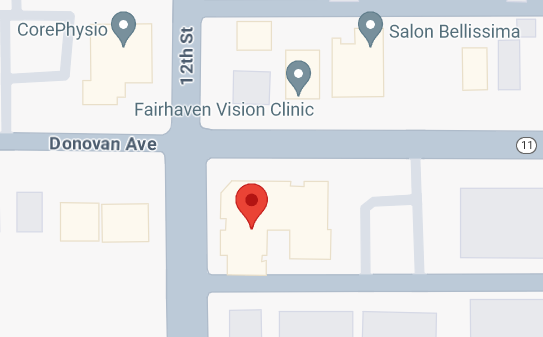Your Durable Power of Attorney – What type do you have?
There are a couple of different types of Durable Powers of Attorney that are common, and yours is probably structured in one of these two ways. Today, I’ll be talking about a Durable Power of Attorney (DPOA) and how they become effective. If you have one (and you should), then you’ll want to understand which you have. The difference can be profound…
The Infamous “Springing” Durable Power of Attorney
First, you might have what we call a “springing” Durable Power of Attorney. This type of DPOA lies dormant until it is “activated,” or “springs” into being effective. Usually what causes it to “spring” into effectiveness is a written letter or other document from at least one doctor (sometimes two independent doctors). As you can imagine, this can be difficult to do. If you can’t image it (or if this seems easy), then let me tell you that it is not. It is difficult to get a doctor to sign off on such documents. They worry about liability, and will usually try to put it off or somehow av

oid signing these until they really need to. This can even be true if it is a primary physician that the person has been seeing for years. This physician may have seen the degradation in competence degrade over time, and still there may be difficulty. Then, if your particular DPOA instrument requires two independent doctors, the difficult is greatly magnified. Still, for some folks this is they type of security that they want to put in place to guard against the DPOA being used before the subject (principal) has become incapacitated for the purposes of financial management of his or her own affairs. I will write these if the situation calls for it and if the client, being fully informed, determines that this is what they want.
The “Regular” Durable Power of Attorney
The other major type of Durable Power of Attorney is the traditional or “regular” DPOA that becomes effective upon the principal’s valid execution of the legal instrument. Of course, the document can’t be legally valid if the person that executes the document is not competent to do so. Therefore, you end up in a situation where the person has a document the is effective right away, and can be immediately used by the named agent to carry out the actions necessary to manage the principal’s financial affairs right away. All they have to do is have
the document in their possession. They don’t even need the original; a copy of the original is sufficient. Now, the subject person (principal) may have wanted it this way. This type of DPOA is widely used, and it is usually done with highly trusted close family or friends being named as the agent. You would not want it do this if you had any reservations at all about the person named as agent being financially responsible, loyal, and willing to carry out the duties you are entrusting them with. Sometimes people will execute this type of DPOA and then keep all of the documents in their possession. This can work, but it is not generally advisable. What if you forget or never tell your agent where they can find the documents? If they have to hunt around for the documents, or have to go to the bank or some other location to retrieve the important DPOA, this can negate one of the strengths of this particular type of DPOA – namely that it avoids red tape, and your agent is able to use the document right away without delay in the event that something happens to the principal that requires it.
Both types of common Durable Powers of Attorney are valid and are used all the time. I, in fact, write DPOAs using both types of activation and I choose between them when each particular situation calls for it. Think it through and see an estate planning attorney with questions. If you have questions, please come see us. Schedule an initial consultation if you don’t have an estate plan – which will almost always include a Durable Power of Attorney.
Find out more: Westward LAW | Estate Planning
Or, book your Estate Planning Strategy session with us today –>


